Here are a list of the different wards, their descriptions and some points of interest.
Old Town
Old town lies directly north of the palace on the slopes of Garamond Hill. It’s flanked to the south and west by the city and palace walls, to the north by the Street of Spices and to the east by Hill Street.
Due to its location next to the Western Gate and its proximity to the docks, old town is a popular ward for foreigners to take up residency. Beauclairois, Cyprian and Càrcerian merchants mingle with courtiers who chose the ward in order to remain close to the palace. The ward is also known for the well maintained courtyards and gardens.
The Hill
The hill is a small and expensive ward where many noble houses keep a small manse for when they are called to court. The palace to the south, Hill Street to the west, the Street of Spices to the north and Palace Road to the east, the ward is known for its high number of crownsguard patrolling the streets.
The Salt
Despite it’s proximity to the palace and expensive wards like The Hill, The Salt is a ward of labourers that mainly work on or around the docks. Bordered to the south and east by the docks, to the north by the Street of Spices and to the west by Palace Road, the ward gets its name from the strong smell of salt water from the docks, though some proudly proclaim that it’s because of the important work the people do there and that dock workers are “worth their weight in salt.”
The houses here usually have more than one family living in them, resulting in a very tight-knit community. There are several taverns and inns that cater to the many sailors that come through the port, and as a result the water front can get quite rowdy. The ward doesn’t nearly get the same attention from the crownsguard as The Hill, but “salties”, as the people from The Salt call themselves, have their own way of dispensing justice, especially to those who overstep their boundaries.
The Docks
The Docks are flanked on three sides by water and on the remaining western side by The Salt. Some consider it the life blood of Kingsport as it is the most important commercial port in the Verdant Kingdoms. Most of the buildings here are used for storage, although there are several taverns and inns which get used by sailors and foreign merchants.
There is a weighing house, a fish market, a port authority office where the port master adjudicates conflicts between captains and merchants, levies taxes and assigns docking spots. There are also a large number of shop fronts that sell specialised maritime goods, like salt, pickled and dried food, rope, sail cloth, tar and the like. The shops are small, but what is sold is always in bulk. Gondoliers can often be seen making their way up river in flat boats, picking up goods from warehouses further up-river.
Dockhands, sailors, captains, merchants, fishermen, crownsguard and people looking to hire transportation, day or night, rain or shine, the docks are always busy. And then there are the ever present seagulls, squawking at each other as they fight over the refuse left behind by the fish market.
Southside
Just south of the river Lyn and north of the Street of Spices, to the east of the Western Gate, lay three distinctly different trade districts that are collectively known as the Southside ward.
The western most district within the ward is dedicated to selling food and you will find grocers, fishmongers, bakers and butchers here. There are a few residencies, but mostly they are inhabited by the people working in the shops and stalls. Most of the building that sit on the river are used for storage and processors of meat and fish; salters and smokers process the meat and fish and bring it up or down river for trade.
The central district in the Southside ward has been designated by the name of the narrow street that runs right down the middle of it, leading from the Street of Spices to the river; the Street of Steel. This district houses some of Kingsport’s finest metalworkers, blacksmiths, weapon smiths and armourers. There is a small square on the Street of Spices which is used to display the wares, since the district’s forges can run hot and are generally considered to be uncomfortable. The smoke that rises up from the district has lead to some disputes with the surrounding wards and districts.
The eastern most district, which also is the smallest district in the Southside ward, has the finest silk makers, dyers, tailors, weavers, spinners and clothes shops in Kingsport. Also the are several renowned cobblers, as well as rug and tapestry weavers in the city. Thread makers receive wool from the farms around Kingsport and silk gets imported from Càrceres for further production.
Steward Square
North of the docks, straight across the river, lies Steward Square, a small but essential part of Kingsport. This is where the city houses it’s administrative building, from where the Steward of Kingsport adjudicates all matters that have need of the Queen’s attention, as well as passes judgement on criminal matters which transgress the authority of local magistrates. Public executions are performed and as such, there is a significant underground goal called the Kingsport Carceratum.
Due to the large number of administrative buildings and the often wealthy people that do business there, the square has attracted a lot of pickpockets, beggars and vagabonds looking to steal, swindle and scam the less weary among the wealthy. The business became so lucrative that several gangs and thieves guilds started fighting over the territory. This attracted a lot of crownsguard attention, so the gangs and guilds have settled into an uneasy truce around the square.
The square also houses temples and shrines to almost every major religion, the biggest being the church of Paladine, the shrine of Chauntea and the temple of Pholtus. The latter also acts as a place for the old, the sick and the infirm to go for treatment.
The square was renamed to Steward Square in 1246. Before that, it was called Independence Square, to commemorate the end of the Beauclairois occupation. The reason given for the name change was to celebrate the great work the current and past stewards and stewardesses had done for the city, but it was widely understood to be a symbol of improving relations between Lyria and Beauclair. Many of Lyria’s patriotic citizens have yet to adopt the change, and will happily refer to the square as Independence Square.
Northside
North of the Lyn, south of Tiverton street, which leads from the Brown Gate to Steward Square, there are three districts which together make up the Northside Ward. Much like its southern cousin, the three districts are very distinct in their own atmosphere and inhabitants, but have been placed together in a ward for political purposes.
The eastern most district in Northside is Chiselton. A large saw mill has a prominent spot on the river, and around it there are several traps which allow for the collection of logs. The logs are processed in smaller portions, which are stored in one of the many courts that the district has. Woodworkers, woodcarvers, woodturners, wheelwrights, furniture craftsman, and carpenters are all found here. The woodworker’s guild has a very strong presence in this district.
The central district in Northside is called The Lace. Hemmed in between Chiselton, The Briddle, Tiverton street and the river, The Lace is known for it’s small, winding streets, brothels and taverns. The buildings on the river are all in use as warehouses, much to the dismay of the district’s residents, who would much rather have seen them turned into residences. Now many of the people working the taverns or brothels have to travel from other wards to come to work. Especially the women have become the target of harassment in other parts of the city as they come to and from work.
The Bridle is the western district of the Northside Ward and is known for its manège and bustling market where Silesian horses are bred and sold at auction. Other animals are sometimes bought and sold there as well, mostly livestock and sometimes more exotic animals, but this is unusual.
Politically, the ward is going through an interesting time; Madam Brécourt, the owner the Silver Cross tavern, is considering running for the alderman elections. Traditionally, the alderman has come from Chiselton, backed by the stakeholders behind the Bridle auction house. If Madam Brécourt can mobilise the Lace, she might stand a very real chance of winning the election.
La Costa Verde
Even though political and trade relations being very warm with Càrceres, Lyrians still have a natural suspicion towards their swarthy, southern neighbours. Culturally, they feel more kinship towards the Beauclairois, despite having as tumultuous a history with them as the Càrcerians. As such, Kingsport has designated La Costa Verde as the only ward they are allowed to settle in. Several exceptions have been made for diplomatic envoys and Càrcerian nobility, but anyone without the necessary clout who wants to settle gets settled in La Costa Verde. The houses here are quite expensive, and artificially kept that way in order to dissuade Càrcerians from settling down.
The ward is known for being just south of the Locked Gate, a gate that opens up onto Fore street, a wide street that leads to Tiverton street. It’s called the Locked Gate because it no longer connects to any of the major roads that leads out of the city, so “it might as well be locked.”
The ward is known for having several beautiful gardens. The settled Càrcerians tried to make the best of a bad situation when they settled and made use of the fertile soil to start cheering up their neighbourhood with flowers and plants. There are several rooftop and balcony gardens which are also a sight to behold. As a result, the ward is also sometimes called the Ward of Flowers.
Politically, the ward has very little influence. Càrcerians, or native Càrcerians are not allowed to vote for their alderman, and as such, the aldermanship is nearly dormant, going from one landlord to the next without much interest being paid to it.
Lewisham
Lewisham is the poorest and most populated ward in Kingsport. The houses are old, crooked and often not particularly safe to inhabit. That said, this centrally located ward is considered to be a must-see for any traveller to the capital due to its maze-like streets, friendly and welcoming populace and its music, which gets played on its streets as well as in its taverns. If Steward’s Square and the docks represent the heart of Kingsport, then Lewisham represents its soul.
Many Lyrians who decide to make a life for themselves in the capital end up settling here. They either do it for the cheap lodging or because of an overly romanticised idea of what it is to live in Kingsport. They are tolerated by the locals until they’ve lived there for a while and have started to adopt the distinct Lewisham accent that is popular among people trying hard to seem authentic.
Many of the gangs and thieves’ guild have a strong presence in Lewisham, mostly because of the unspoken code of conduct among its populace to settle matters internally and not call in the crownsguard to settle a dispute. Some of the well-known underworld hard men are celebrated figures in the district, none more so than the Guv’nor, a hard-nosed brawler who spends most of his time at the Hoxton, an inn which is considered neutral territory amongst the thieves’ guilds and a regular place where meetings are held.
The Guv’nor is a title rather than a nickname for a person and every Guv’nor is expected to keep the peace in Lewisham and facilitate the possibility for the thieves’ guilds to work out their differences. Every year a bare knuckle boxing tournament is held where the grand prize is the right to challenge the standing Guv’nor for his title and the deed to the Hoxton. The current Guv’nor is a much loved man by the name of Lenny, who used to be a grafter out of the eastern part of Kingsport. He’s held on to the title for over a decade, which makes him a legend in Kingsport.
Tiverton Street to the west, Steward’s Square and Elysian Street to the south, with the Serrated Street running right through the heart of it, the other boundaries of Lewisham can be hard to define and can shift regularly.
Correntine
The northern ward of Correntine, hemmed in between the city walls to the north, La Costa Verda to the west, Lewisham to the south and the wide Corbray Street to the east, is an unusual ward. Where most of the buildings around the different wards in Kingsport have timber frames, Correntine is one of the two wards where the buildings are mostly made of thick stone masonry. They are tightly built together out of the same stone that the older parts of the city walls are made of.
Most of the streets are often empty and desolate, and few people know anyone that lives in the ward. There are no crownsguards patrolling the streets; instead, there are Lyrian knights who keep watch. Behind thick walls the Lyrian knights educate recruits and receive foreign dignitaries. On the southern end of the ward, overlooking the Serrated Street, is a large, oddly shaped tower that stands well over three times the height of most surrounding buildings. Nobody knows the purpose it serves, but it seems to have been inactive for so long that nobody really pays it much heed.
Occasionally, a contingent of Lyrian knights enter the city through the Corbray Gate. It draws a lot of attention, but the host quickly disappears behind the thick wooden gates in the Correntine ward while a small group breaks off to report to the palace.
Sevenoaks
The Sevenoaks ward is a mostly residential are with a few small shops. It’s situated between the city walls to the north, between Corbray Gate and North Gate, Corbray Street to the west, Northstreet to the east and Wickenham Street to the south. Most of the people that live in the ward are simple, hard working folks.
Wickenham Street is a well known place for chandlers, wax traders. The narrow street that runs up from Wickenham Street to the city walls has a lot of book binding and pamphlet printers. And in the norther-eastern part of Sevenoaks is the home of the College of Bards.
The College of Bards run by the legendary bard Le Papillon himself. Le Papillon, real name Adrien de Rouleau, is a Beauclairois musician, poet and playwright who impressed and moved Queen Isabella so deeply that he became the court minstrel for years, before opening up a school in Sevenoaks. The price of admission is steep, but the curriculum and the teachers are sanségal.
Ravensbourne
The ward of Ravensbourne, like Correntine, are mostly constructed of high quality masonry. The ward is likely to be the smallest ward in Kingsport in terms of population, and this is because made up of five large, multi-building, gated estates. House Courtenay, house Bromley and of course house Ravensbourne after which the ward is named, each have an estate here. The remaining two estates are occupied by the Circle of Mages and the embassy to the Daerlan empire.
Grimsdown
All the way inside the north-eastern city wall, between the North and the Elysian Gate, Grimsdown is a large, well-populated ward, full of houses, shops and crafter’s quarters. It’s likely the most well rounded and least remarkable ward in Kingsport.
The only thing that stands out is that it has a rather large falconry set up in the shadow of the Bastion of Restraint. The falconers are allowed to take their birds of prey up onto the top of the Bastion and train them from there when they are ready to fly free.
Bremerton
The eastern ward of Bremerton is known to house the crownsguard barracks, armaments depot, and training grounds. As a result, it also houses a lot of the crownsguards’ families and it has a lot of supporting inhabitants, like cobblers, blacksmiths, armourers, and the like. The ward is a popular place for middle class people to settle, since it is considered one of the safest places to live and raise a family, due to the large number of crownsguard living in the area.
It runs along the eastern ramparts of the city wall, between the Elysian Gate and the Old Gate, both to the east. To the north, the entire ward is bordered by the Elysian Street, which allows the crownsguard to quickly deploy deep into the heart of Kingsport. To the south, the Street of King Augustine divides Bremerton from Eastminster. The ward of Blackheath borders Bremerton to the west.
Blackheath
For the longest time the ward of Blackheath’s status as a city park was sacrosanct under the rule of Queen Marianne of House Valois. When she passed away, a bronze statue of her likeness was revealed as part of the coronation ceremony of her son Augustine. The farewell given to her and the celebration of the newly crowned king was a lavish affair, all held in Blackheath. In order to accommodate such a grand celebration, many parts of Blackheath were “temporarily” turned into buildings. Once the celebrations had passed, many of those buildings became permanent, and the newly crowned king was petitioned by very wealthy and influential aristocrats for the right to build an estate in Blackheath. Unwilling to completely ignore his dearly departed mother’s wishes, he declared that part of Blackheath was open to for development, while a significant portion should be set aside for the royal botanical gardens. Plants and flowers from all over the kingdom were retrieved and displayed in an impressive fashion, while the rest of Blackheath was left to be developed by whoever was willing to pay the most for the privilege.
Until today, the botanical gardens are open to the public and are maintained from the palatial coffers. It is still considered a marvel to behold, but the elderly remember a time where the park was larger and unspoiled. It is said that Queen Isabella has inherited the spirit of a her grandmother, and there have been rumours that she might try and reclaim some of the buildings and estates to restore Blackheath to its former size.
Eastminster
The most eastern district of Kingsport is Eastminster, best known for its large monastery devoted to Paladine. Situated between the Old Gate and the Eastern Gate along the city walls, in the valley just north of Quayhill and south of Bremerton. The entrance to the large, fortified monastery is located along the Street of King Augustine and serves as a public shrine to Paladine’s many legendary champions. Pilgrims come from all over the Verdant Kingdoms to see the tomb of Saint Catherine of Dunagore, the first chaplain of the Order of the Shield, who gave her life to save Sir William Garamond, leader of the Knights of the Silver Crusade, before he was crowned King of Lyria, at the battle for Blue Harbour.
Quayhill
Quayhill, pronounced “key hill”, is the south-eastern most ward of Kingsport. Nestled between the ramparts of the city wall, touching both the Eastern Gate and the Salt Gate, the shores of the Lyrian gulf, as well as long the bank of the river Lyn, it is the site of several well known boat yards and dry docks along the river.
The square behind the Salt Gate is the highest point on Quayhill, and its decent to the river is rapid, leading to a terraced layout of the ward. The Salt road, starting at the Salt Gate, has 98 steps, divided in seven groups of 14 steps each.
The southern most tip of the ward is held by the Bastion of Illumination, which is the last bastion to make up the ramparts, standing nearly as high as Garamond Hill on the opposite side of Kingsport. It acts as a powerful lighthouse and houses several powerful Scorpion ballistae.

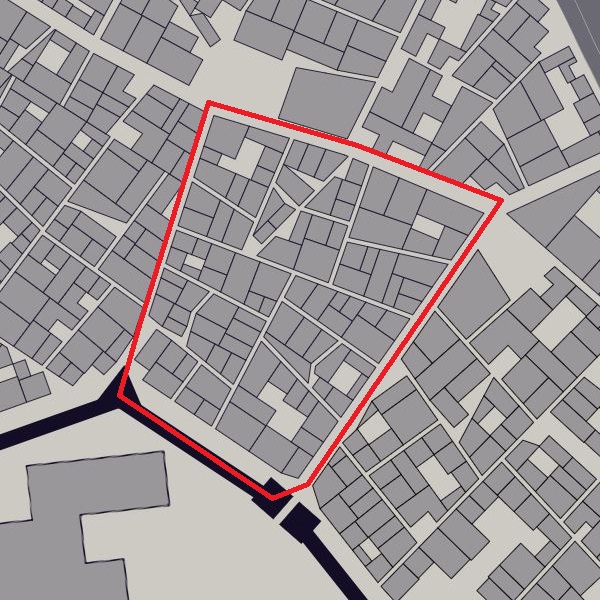
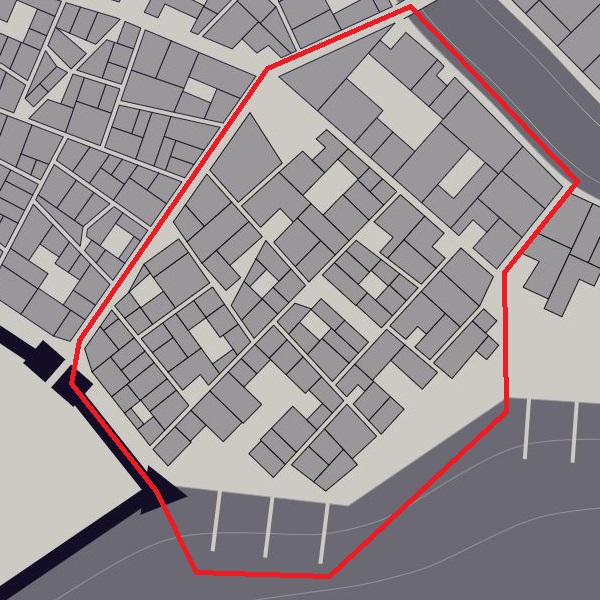
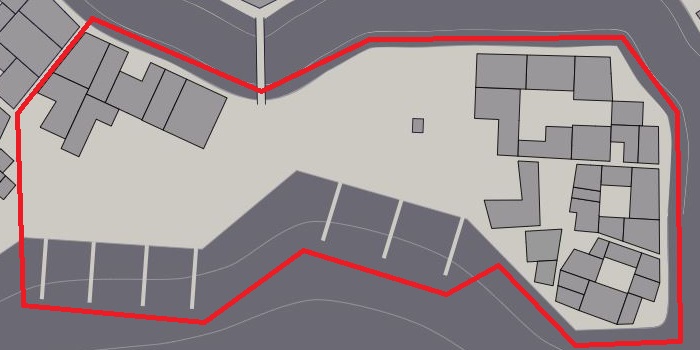
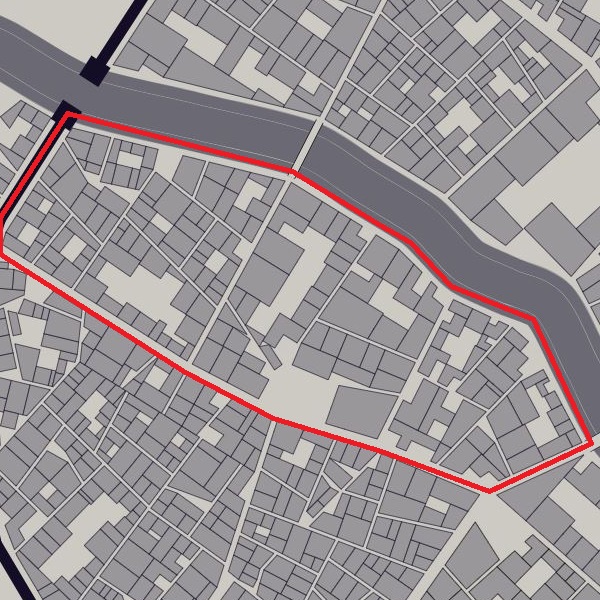
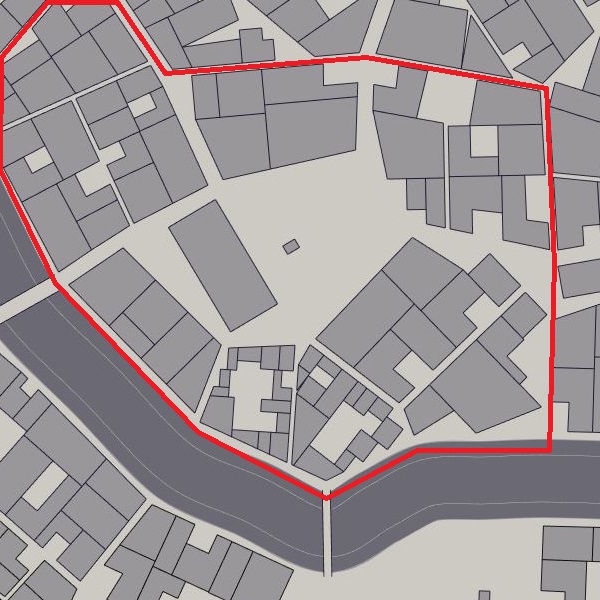
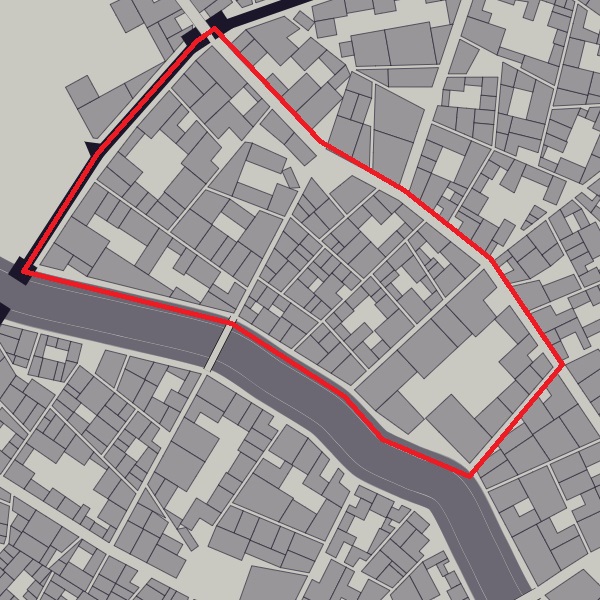
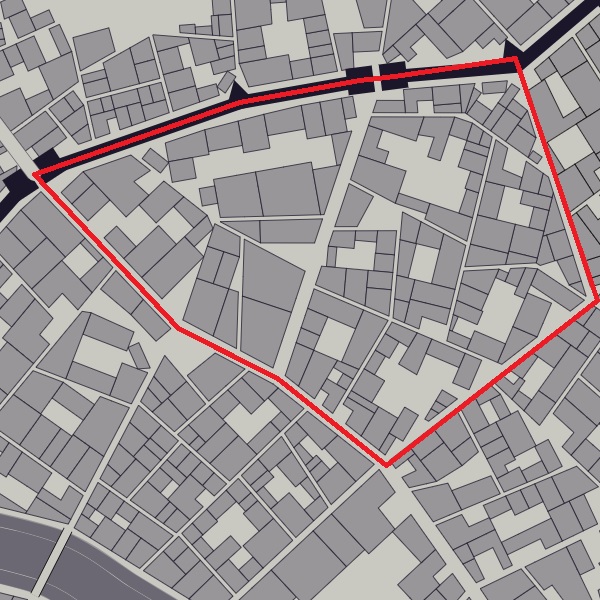
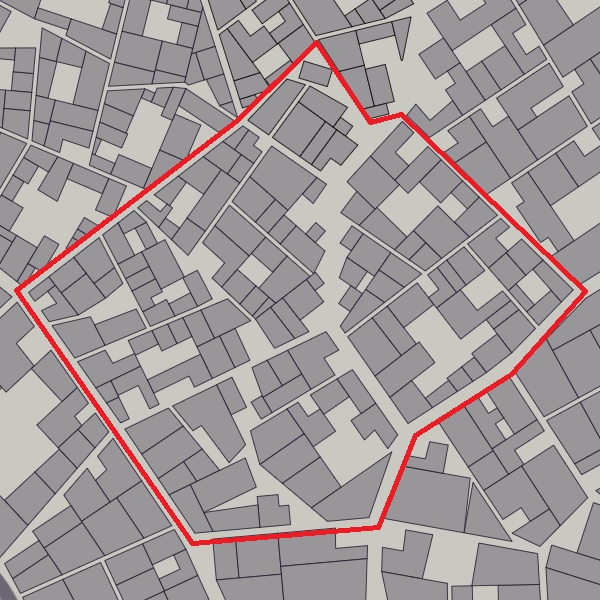
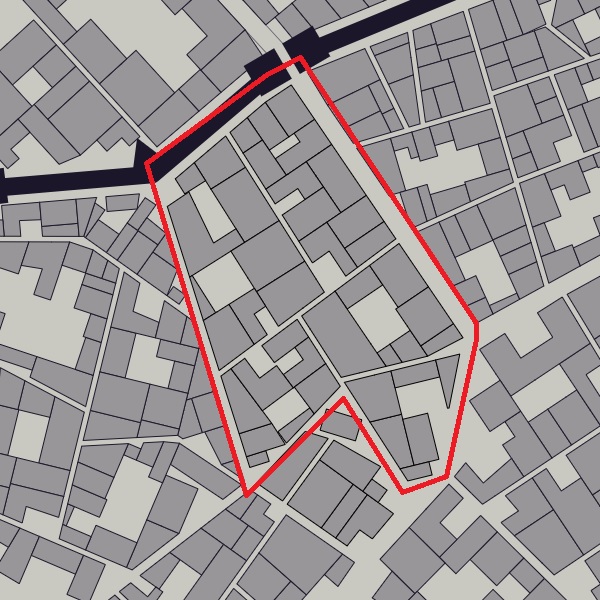
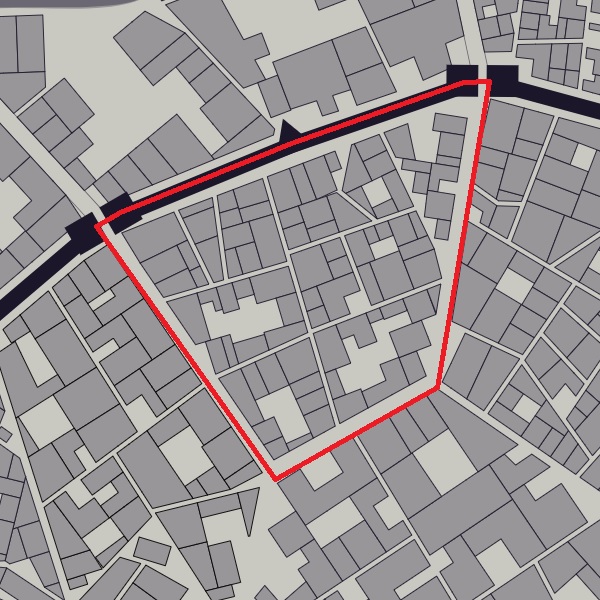
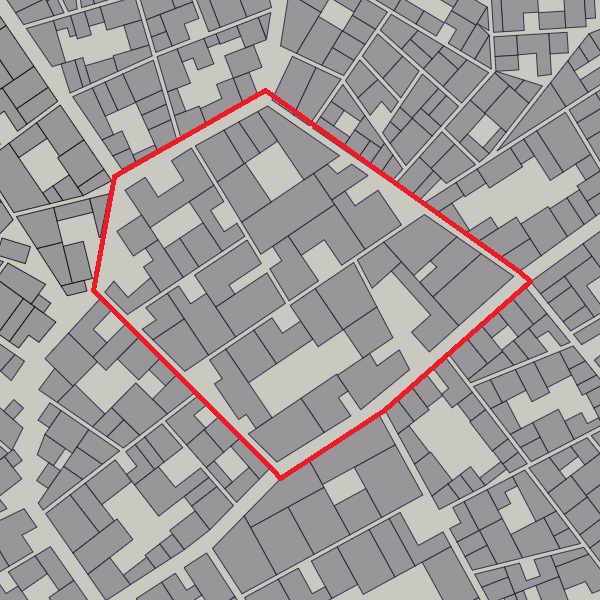
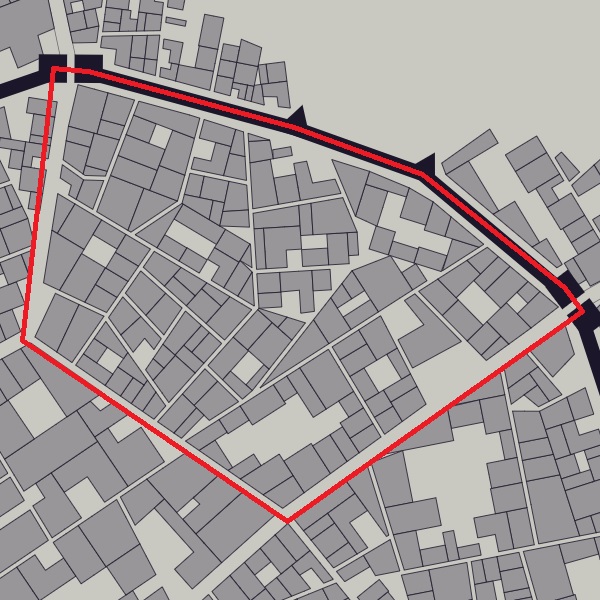
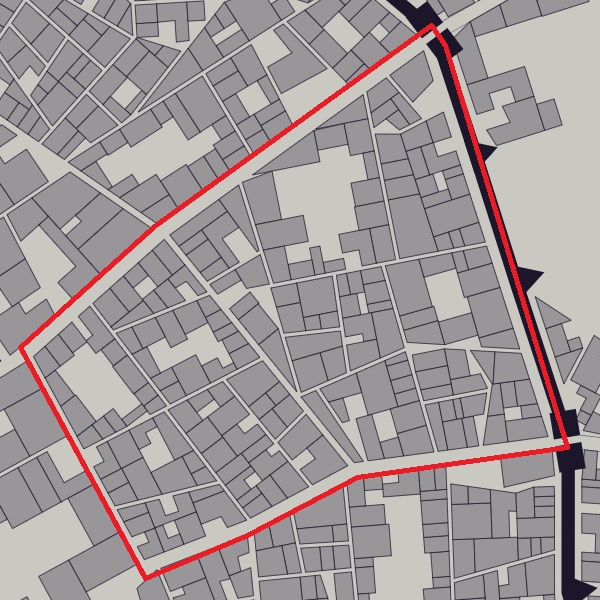
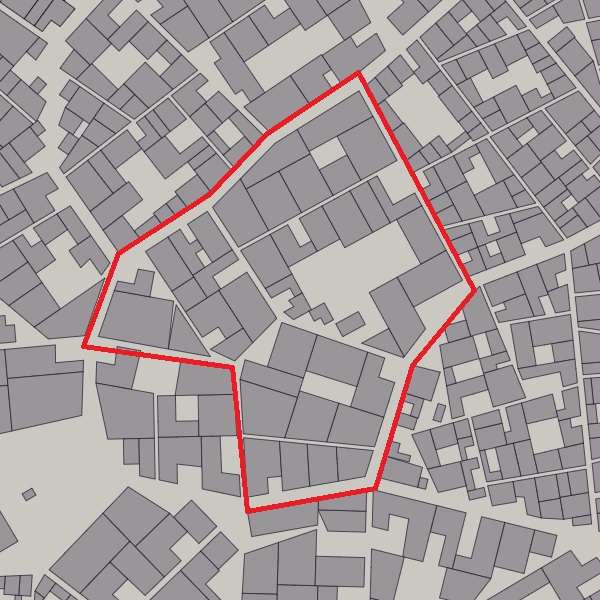
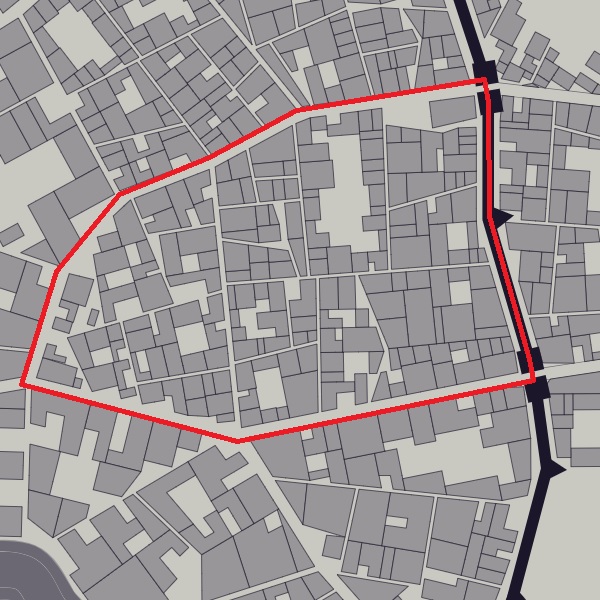
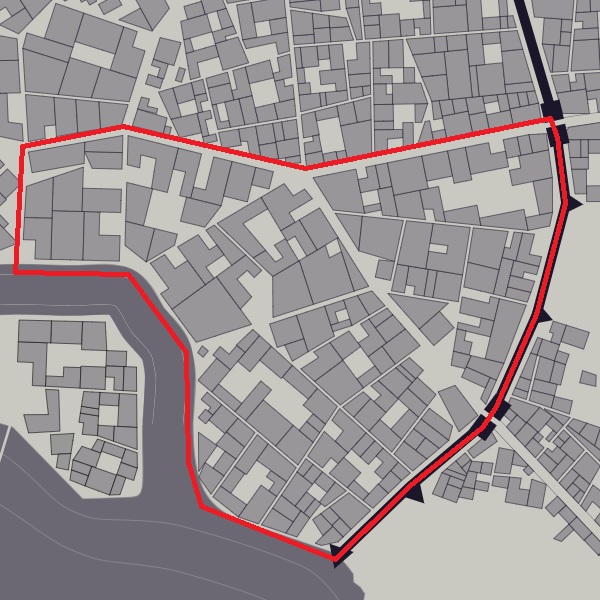
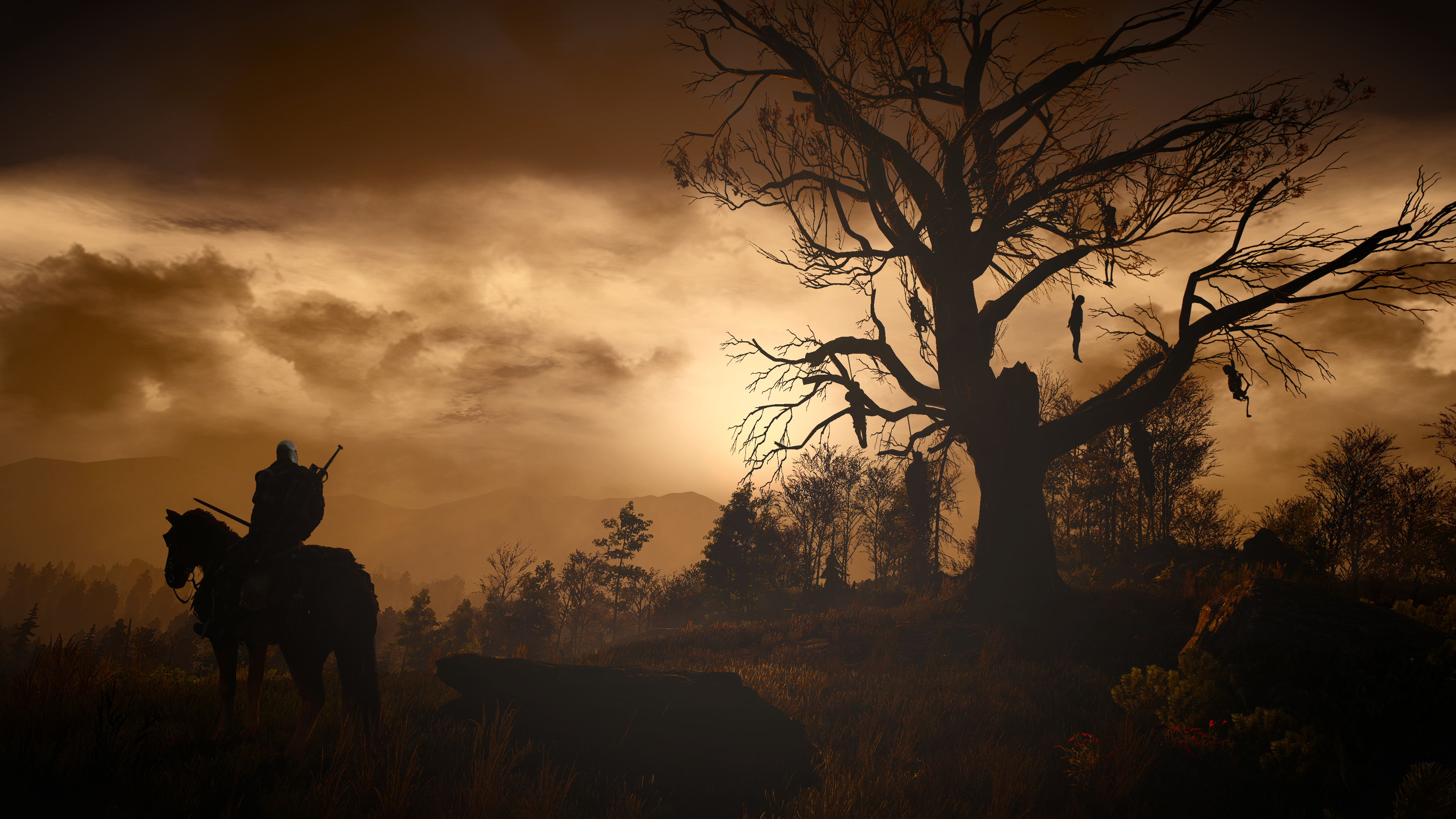
Pingback: Lyria – Kingsport « journal.wiredreflexes.com